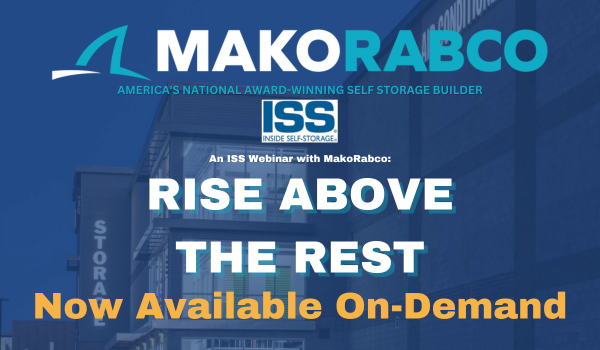Rise Above The Rest: Building Multi-Story Self Storage Facilities
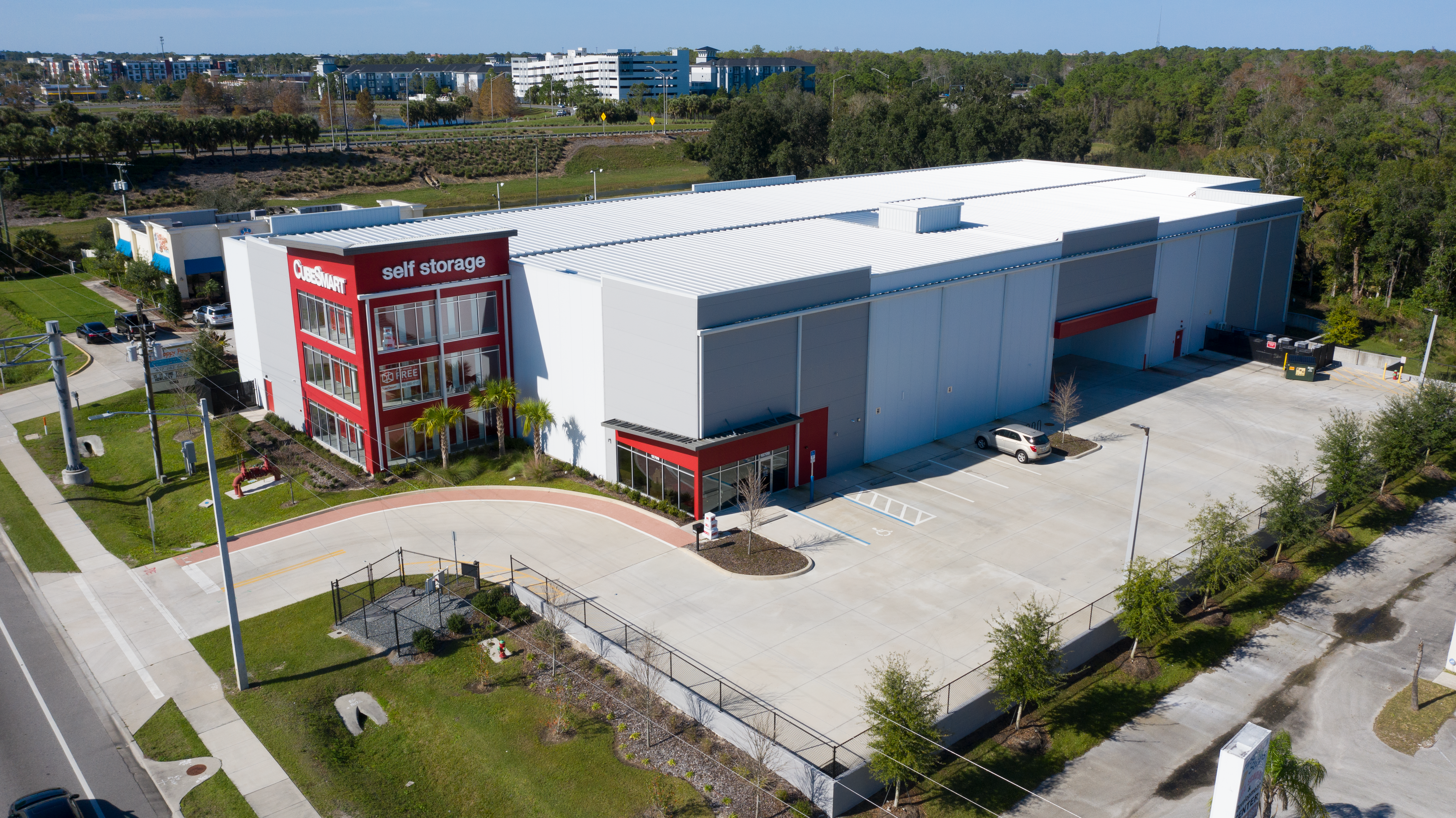
As urban areas continue to experience rapid population growth and space becoming a premium, the demand for effective storage solutions is on the rise. Multi-story facilities are growing in popularity due to their ability to maximize a smaller amount of space. However, there are unique nuances to constructing multi-story self-storage facilities, such as specialized site selection, team assembly, budgeting, and design. With projected urban growth and a resurgence of interest in major cities, the development of multi-story facilities becomes paramount in addressing the ever-increasing need for reliable storage options in metropolitan areas.
According to the ISS 2023 Outlook article, “The top 150 Metropolitan Statistical Areas will likely outperform secondary and tertiary markets for the first time in more than a decade. We’ll see a meaningful migration back to the major cities as remote work burns off and recessionary concerns push people in search of stable employment.” However, finding suitable land in premium locations can pose challenges. Factors such as parcel identification, determining demand, and working with feasibility consultants become essential in identifying viable opportunities.
Multi-story self-storage facilities offer versatility in design and layout. Depending on factors such as site conditions, zoning regulations, and market demands, developers have several options to consider.
The first is a standard facility with two to three stories, which typically feature interior access, climate-controlled units, and a standard floor-to-floor height of 10 feet.
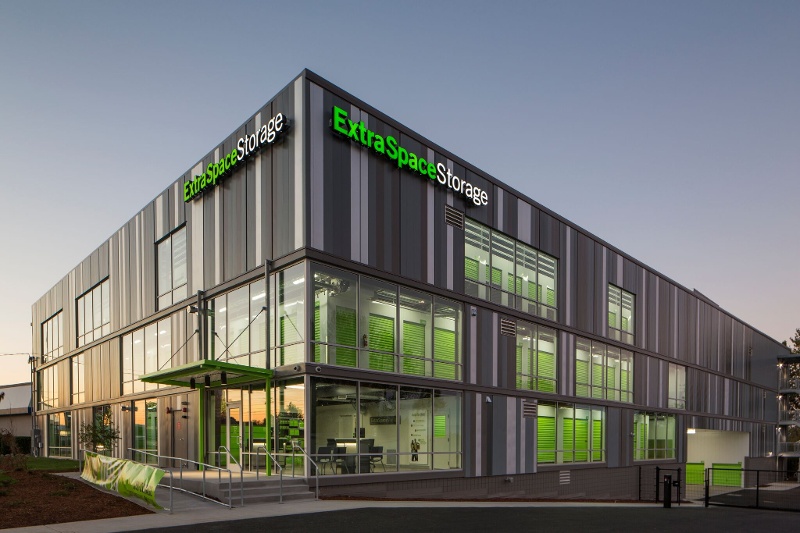
Alternatively, an exterior access or drive-through option may be chosen for the first level.
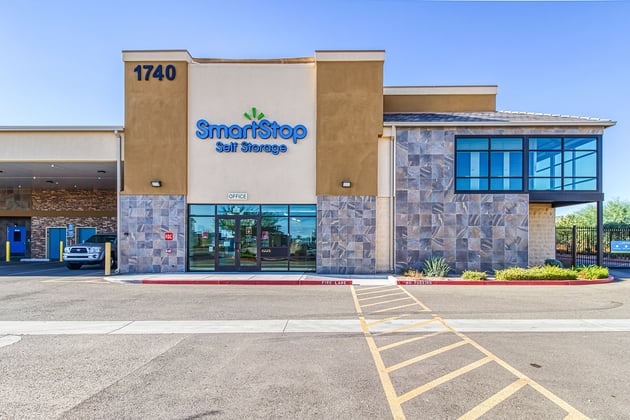
The next type is a larger facility of four plus stories. It may seem like you would want to go as tall as possible, but building taller structures requires additional considerations, such as fire-rated construction, potential use of structural steel for increased load support, and addressing requirements for basement and above-grade levels.
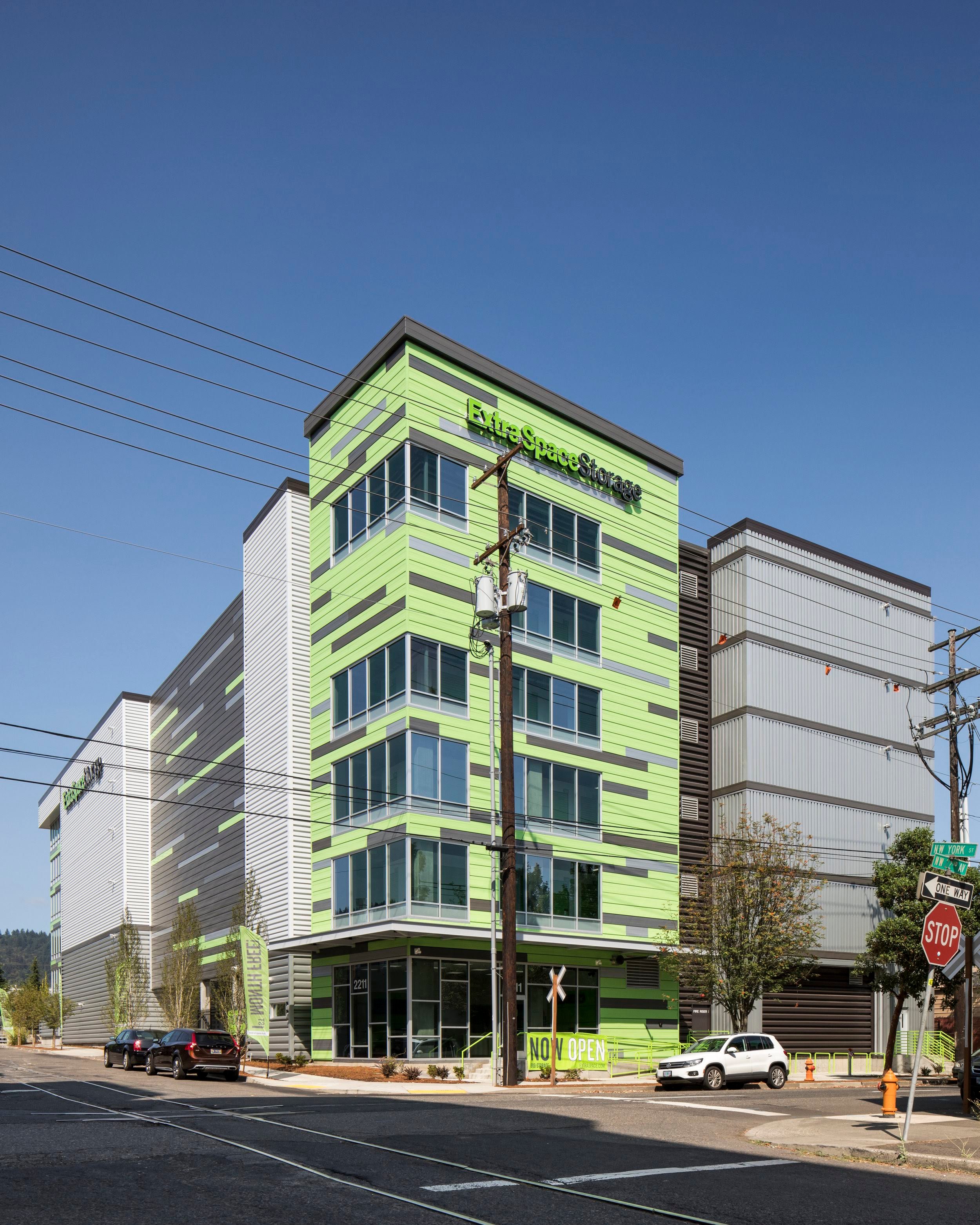
The third type of multi-story facility is a unique design called an over-under facility. When dealing with significant elevation changes in a site's topography, an over-under design allows for both lower and upper levels to have exterior access. This type of facility does not work with all lots, but when applicable, can be beneficial given odd terrain to work with.
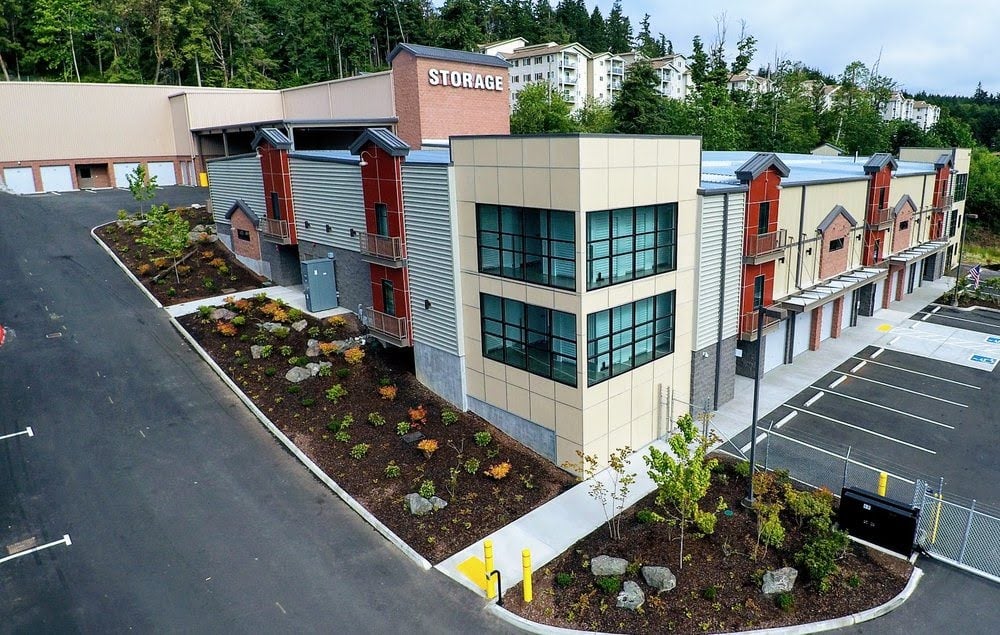
The final type of multi-story facility is a conversion. In some cases, repurposing existing structures with sufficient floor clearance can provide opportunities for multi-level infill, requiring careful mitigation and structural considerations.
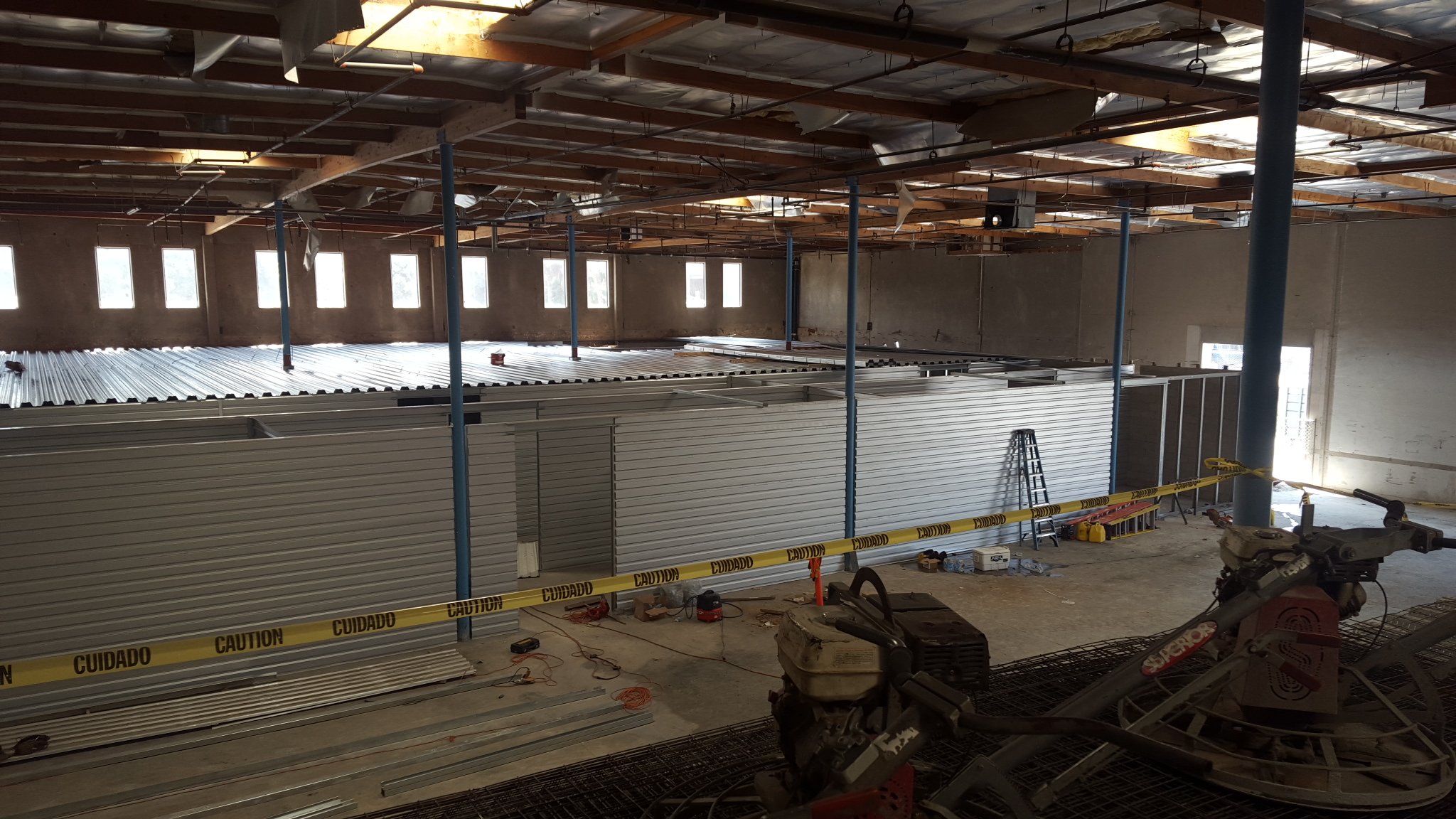
In addition to the facility’s overall layout, multi-story facilities also have special features they need in order to be practical. Ensuring your facility has adequate stairs and elevators is a must in any multi-story facility. Elevators must also be larger and have higher weight capacities to accommodate tenants moving their possessions in and out of the upper floors. It is also a smart design choice to have your larger storage units on the first floor, with smaller units on all the upper floors. Nobody wants to lug a couch any further than necessary!
Building a successful multi-story self-storage facility requires assembling a skilled and experienced development team. This team will help provide proper guidance and insight to help make the facility a successful one.
Key members may include:
- Lender: Securing financing tailored to self-storage projects
- Feasibility Consultant: Assisting with site selection and evaluating market demand
- General Contractor: Overseeing construction and coordinating subcontractors
- Architect: Designing functional and visually appealing structures
- Civil Engineer: Handling site development, drainage, and utilities
- Soils Engineer: Assessing soil conditions for proper foundation design
- Structural Engineer: Ensuring the building's structural integrity
- MEP Experts: Handling mechanical, electrical, and plumbing systems
- Metal Building Provider: Supplying materials for efficient construction
- Installer: Executing the construction process with precision
Developing an accurate budget is crucial to the success of any construction project. When creating a budget for a construction project, there are two main approaches: negotiated design build and design bid build. In negotiated design-build, a general contractor is involved from the early stages to provide rough cost estimates, followed by design work and final budgeting is completed after obtaining permits. Alternatively, in design-bid-build, a team of consultants prepares a complete set of plans, which are then sent out for bidding by different general contractors. As a developer, it is important to have a rough idea of the project's cost and one can achieve this through initial conversations and expert input, either through negotiated design-build or through the hiring of consultants for plan preparation. Both approaches have risks and rewards, and the choice depends on personal preferences and comfort levels.
For complex projects like multi-story self-storage construction, involving an experienced general contractor is essential to navigating potential challenges and ensuring a comprehensive budget. While the typical overhead cost for a general contractor ranges between 4% and 6% of the total project costs, their expertise in coordinating subcontractors and eliminating budget gaps outweighs this expense. Additionally, lenders often require a contingency budget (around 10%-15% of the total project value) to account for unforeseen circumstances during construction, such as material price fluctuations or unexpected discoveries during excavation. Also, the project's aesthetics can play a significant role in fluctuating the budget, once the basic considerations are addressed.
To remain competitive and meet the evolving needs of customers, incorporating innovative technology and embracing industry trends is essential. Smart locks and cloud-based access allow for convenient, secure access to storage units via smartphone apps or Bluetooth technology. Modern property management software enables remote rentals, self-service options, and interactive kiosks for streamlined operations and enhanced customer experience. For security, there are modern systems that utilize heat and motion sensors, along with robust monitoring networks, to ensure the safety and protection of stored items.
Finally, extra amenities and the aesthetics of the facility can be the edge needed to take your facility to the next level. Enhancing the facility's appearance with architectural embellishments, decorative metal panels, vibrant colors, and ample windows can entice customers from a distance, and offering additional amenities like wine storage, customer conference rooms, and hotel-like lobbies and bathrooms can make the experience top tier.
Exploring a real-world example, Storelocal Storage in Hercules, CA, demonstrates the successful implementation of a multi-story self-storage facility. The Hercules Storelocal location is a 98,000 SF facility, featuring 3 single story buildings, with a larger 3 story facility towards the front. This facility won the Facility of the Year award in 2022 as a result of careful market research combined with building a state-of-the-art facility. This was the first self-storage facility in the city of Hercules, so the market choice was perfect. But choosing a perfect location is only half the battle and they had to then make a successful project. Using a combination of single-story buildings with a multi-story building at the forefront helped to maximize the space chosen. Contracting with a reputable General Contractor from the start of the project ensured project timelines and goals were met. Finally, utilizing modern innovations like smart locks, management systems allowing for self-service, and advanced security systems helped make the facility a success. For more details on this project, watch the case study, Storelocal Hercules: Mini-Storage Messenger New Facility of the Year Winner.
Building multi-story self-storage facilities requires careful planning, a knowledgeable team, and a deep understanding of market trends and innovations. By embracing the advantages of vertical construction, selecting the right development team, and incorporating advanced technologies, developers can create efficient, visually appealing, and customer-centric storage solutions in urban areas with limited space availability. The future of self-storage lies in these multi-story structures, and staying ahead of the curve is crucial for success in this evolving industry.
For access to the webinar that provides more details multi-story development, click on the image below.

